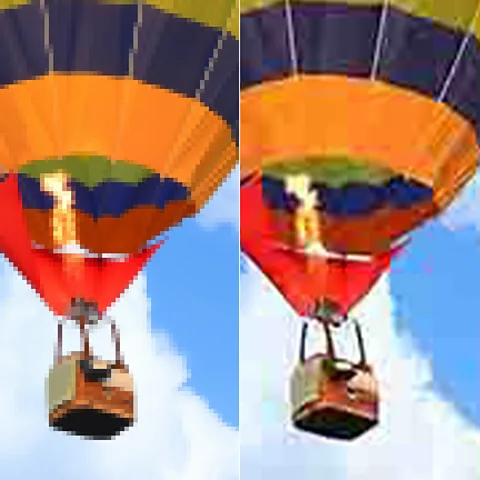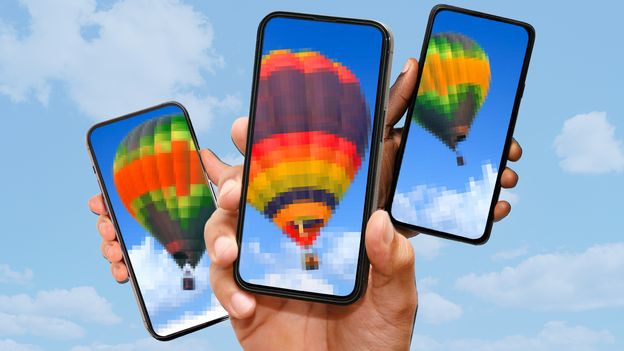The other two factors, resolution and quality, are related but different. Resolution refers to the number or size of pixels in an image, while compression is a process that reduces the size of a video file by throwing away detail, often leaving behind blocky patterns and blurred edges.
In fact, Farid says low-quality fakes are so compelling that the bad guys downgrade their work on purpose. “If I’m trying to fool people, what do I do? I generate my fake video, then I reduce the resolution so you can still see it, but you can make out all the little details. And then I add compression that further obfuscates any possible artefacts,” Farid says. “It’s a common technique.”
 Serenity Strull/ Getty Images
Serenity Strull/ Getty ImagesThe trouble is that, as you read this, the tech giants are spending billions of dollars to make AI even more realistic. “I have some bad news to deliver. If those visual tells are here now, they won’t be very soon,” Stamm says. “I would anticipate that these visual cues are going to be gone from video within two years, at least the obvious ones, because they’ve pretty much evaporated from AI-generated images already. You just can’t trust your eyes.”
That doesn’t mean the truth is a lost cause. When researchers like Farid and Stamm are verifying a piece of content, they have more advanced techniques at their disposal. “When you generate or modify a video, it leaves behind little statistical traces that our eyes can’t see, like fingerprints at a crime scene,” Stamm says. “We’re seeing the emergence of techniques that can help look for and expose these fingerprints.” Sometimes the distribution of pixels in a fake video might be different than a real one, for example, but factors like these aren’t foolproof.








